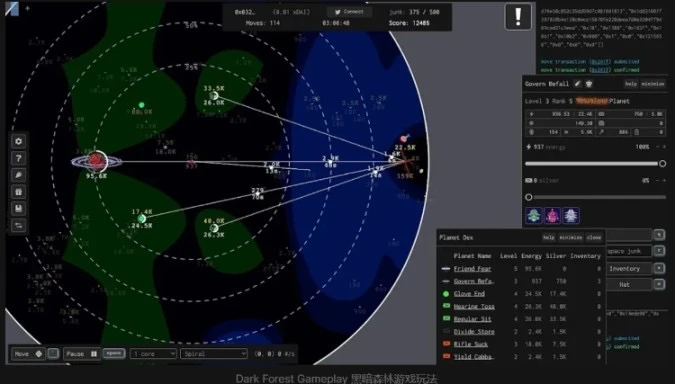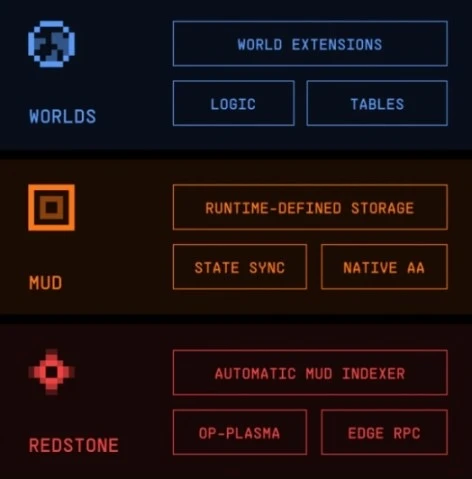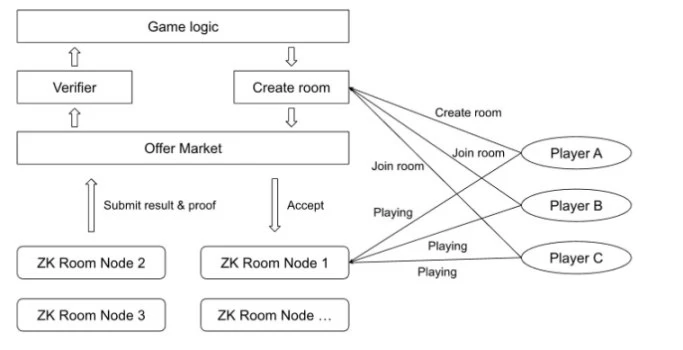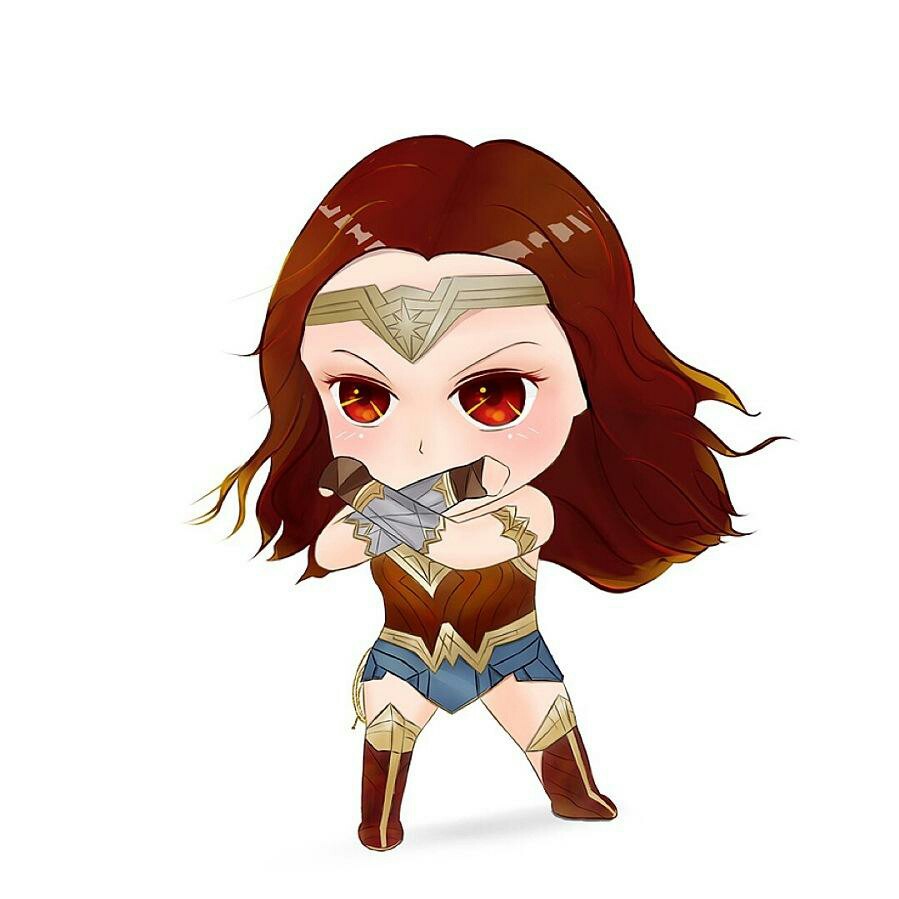Original author: NingNing
Are autonomous worlds/full-chain games boring toys for Crypto technology geeks? Or is it a Cult type MeMe?
The reason for these questions is that the abstract and complex definition of autonomous world/full-chain games and the current simple to rudimentary game interface and interaction make most game players feel bored and intimidated.
But in fact, although autonomous world/full-chain games have a game experience that is completely different from other paradigm games, it does not mean that it is not fun. As a veteran game player, DarkForest, the first full-chain game, is the only game in 5 years that I played all night and two days in a row.

If the space of other games is a sandbox, and the game content is the simulation of the secret room game, then the space of the full-chain game is the digital physical reality, and the content of the full-chain game is the simulation of the real-world game. In the process of playing DarkForest, I really realized the cosmic horror that penetrated my bones in Lius The Three-Body Problem.
Basic narrative of autonomous world/full-chain game
The Lattice team set the connotation and extension of the autonomous world/full-chain game concept in the Autonomous World Declaration and distinguished the autonomous world/full-chain game from Web2.5 games.
The autonomous world/full-chain game is a self-sustaining open game system based on digital physical reality and basic rules. It is durable, immutable, and permission-free.
A full-chain game in the narrow sense is an autonomous world, and its playability does not come from the game content (universe, plot, etc.) provided by the game developer.
Music, vertical paintings, etc.) and the sense of game goals (levels, achievements, dungeons, national battles), etc., come from the real experience of the sub-world (Sub-World) built by players in their own world.
The construction logic of the autonomous world/full-chain game is objects-basic rules-digital physical reality, which respectively correspond to entities-components-systems of the game engine ECS framework.
In a sense, autonomous world/full-chain games are exploring the construction of a next-level virtual world based on the information bits of the real world we live in. Or we can use Musk’s term to nest a new virtual world based on a virtual world. This is consistent with the famous scene in the science fiction TV series Rick and Morty where a multi-layered world is infinitely recursively nested.
Implementation paradigm of new primitives for autonomous world/full-chain games
The above is a simplified narrative of an autonomous world/full-chain game. To instantiate the narrative of an autonomous world/full-chain game, we need a complete set of new primitives composed of blockchain, game engine, middleware, game client and other engineering modules.
The new primitives of autonomous world/full-chain games need to solve three core problems:
Blockchain scalability issues. Achieving the persistence, immutability, and permission-free nature of autonomous world/full-chain games requires all game states and logic to be uploaded to the chain, which places very high requirements on the scalability and programmability of the blockchain.
Tick loop problem. The blockchain is a sequential state machine along the direction of time, and is not suitable for managing the status of autonomous worlds/full-chain games. Because the autonomous world/full-chain game has a large number of cyclic events, such as sunrise and sunset, patrol routes of mobs, etc. Moreover, the blockchain is a passive state update, requiring users to send Transactions to trigger events.
How to realize the immutability of digital physical reality and the openness and permission-free nature of basic rules and object additions, modifications, and deletions.
In response to the above three core issues, the autonomous world/full-chain game primitives of the autonomous world/full-chain game teams Lattice, Dojo and Zypher Games teams provide different solutions.
The primitives of Lattices autonomous world/full-chain game are composed of the Worlds development framework, MUD game engine and Redstone underlying consensus protocol.

World development framework. World is a smart contract development framework built on MUD V2s new storage engine STORE. STORE is a storage engine defined by Runtime. MUD V2 replaces the Solidity compilers storage model with it.
World is a new paradigm for EVM applications. You can think of it like a community computer: it exists as a multiplayer core, accepting contributions from anyone on the chain - whether its code or state.
World has programmable access management capabilities, allowing any state or logic to control which accounts (or other logic) can access them. This makes it possible to build trust hierarchies and allows untrusted smart contracts to read state and participate in rules without having them write directly to storage.
MUD game engine. MUD full-chain game engine is the first full-chain game engine in the EVM ecosystem. MUD V2 consists of a runtime-defined storage engine STORE, state synchronization, and native AA (account abstraction) modules.
New features of MUD V2 allow the creation of a set of digital physics that determines how the world is created and transformed, and subsequently destroys root access to itself; without limiting the feature set, always adhering to a canonical set of rules: any world in People—both humans and machines—can interact with these rules and build social and engineering devices on top of them.
Redstone underlying consensus protocol. Redstone is OP Stack’s first Plasma Rollup L2 instance, built specifically for developers of on-chain games and autonomous worlds in partnership with Lattice and Optimism.
It operates similarly to traditional OP Rollup, but unlike OP Rollup which publishes the input state to L1, Redstone only publishes a data commitment hash. The input state corresponding to the input commitment is stored off-chain by the data availability provider. To ensure that the input state corresponding to the input commitment is available, there is a data availability challenge contract on L1 that allows anyone to challenge the data commitment in the event of a problem with the provider.
Dojo was a Fork project of MUD in its early days, dedicated to implementing MUD using Cario language on Starknet. The current primitives of Dojos autonomous world/full-chain game consist of Cario state and smart contract development framework, full-chain game engine SOZO CLI, index and RPC service middleware TORLL, and KATANA underlying consensus protocol.
Cario state and smart contract development framework. Dojo provides a standardized method for building full-chain games/autonomous worlds using Cario smart contracts, simplifying the development process and allowing developers to focus on logic rather than architecture.
Full-chain game engine SOZO CLI. SOZO CLI supports the creation, construction, testing and deployment of full-chain game/autonomous world instances, supports the production of new components and systems, and assists in the management of multiple autonomous world instances.
Indexing and RPC service middleware TORII. TORII automatically indexes all contract states. Automatically expose state via GraphQL API or gRPC. Developers no longer need to generate custom indexers.
KATANA underlying consensus protocol. KATANA is a customizable Starknet development network that allows for rapid iteration of game logic.
The main difference between Dojo and MUD is the use of ZK-Rollup as the underlying consensus protocol and Cario language as the development language.
Different from the Dojo forked MUD - adaptive and specialized full-chain game/autonomous world engine development path, Zypher Game is a completely native full-chain game/autonomous world engine based on ZK technology. Zypher Games full-chain game/autonomous world primitives are mainly composed of the game engine Secret Engine, AW Engine and the underlying consensus protocol Zytron Kit.
Secret Engine provides a set of SDKs driven by zk that can safely perform verifiable encryption calculations, ensuring that the elements required for the game remain sealed on the chain. The existing service zk-shuffle-as-a-service has helped more than 3 full-chain card games are encrypted and shuffled.
AW Engine. AW Engine is composed of various services SDK driven by ZK, including Gadgets toolbox, APP dedicated circuit, on-chain verification nodes, etc. AW Engine enables plug-and-play ZK functionality, ZK circuit composability, and third-party integration with RISC ZeroZK virtual machines.
AW Engine has also innovatively developed the Z 4 engine specifically for multiplayer real-time games. Z 4 uses zk-rollup to expand the concurrency of multi-player games. The core is the fast way of state change. Z 4 allows the game to Global state broadcast on the source chain is converted into cheap local state changes, which can effectively reduce user fees and support millions or even billions of tps.

Zytron Kit. Zytron Kit is a modular Sovereign L3 Rollup build stack. Zytron Kit consists of sovereign L3 Rollup, Zypher Games game engine as precompiled contract, server sharding, data compatibility, and customized network.
Zytron Kit is tailor-made for developers to build autonomous worlds, mini-strategy games, or migrate AAA games on-chain at minimal cost without a steep learning curve, allowing them to migrate assets, game logic, and data storage on-chain , while retaining production-grade UE.
In addition to AW Engine and Zytron Kit, Zypher Game also has a proof computing market for mobile gamers, and Zypher is also integrating with some game-related infrastructure. .
Recently, Zypher Game has also reached cooperation with Risc Zero and Celesita. In cooperation with Risc Zero, Zypher Game integrates Risc Zeros universal ZK virtual machine into the Zypher game engine and expands Risc Zeros use cases through the included game-specific SDK extensions. In cooperation with Celesita, Zypher Game uses Celesitas Roll Kit tool to build Zytron Kit, and uses Celesita as the default DA layer of Zytron Kit.
Recently, Zypher Games launched the B² Network test network, indicating that it is supporting the BTC ecosystem and will help the BTC ecosystem develop on-chain games through ZKP and AI technology.
Summarize
From narrative to primitives, in order to deal with the scalability issues of the blockchain, the Tick cycle problem, the immutability and basic laws of digital physical reality, and the openness of objects, the new primitives of autonomous worlds/full-chain games give different s solution. Lattice chose the path of OP-Rollup+ to drastically change the EVM consensus machine state mechanism, while Zypher Game and Dojo chose to use ZKP to trustlessly compress state data and transfer verification to off-chain calculations.
Each of the three options has its own merits. Lattices implementation paradigm has advantages in EVM compatibility and developer friendliness. Dojo Game is a development environment and ecology-specific adaptation of Starknet. Zypher chose to use the native digital physical characteristics of modular DA, RiscZero Zk co-processor, and Bitcoin UTXO to achieve a solution that combines trustlessness, scalability, and performance flexibility.
In addition to the above three paradigms, there are also Arguss World Engine and Nervous (CKB)s full-chain game/autonomous world primitives based on the eUTXO state data structure.
Currently, the full-chain game/autonomous world is in the technological embryonic stage of Geithners emerging technology growth curve. At this stage, there are more developers than players, and many test games are 4399-like casual games. This does not prevent crypto venture capital funds from making repeated bets in this emerging field. Because in their eyes, the current state of the full-chain game/autonomous world is like a train that could not outrun the carriage in the 1820s. It is not a problem, but an opportunity.










